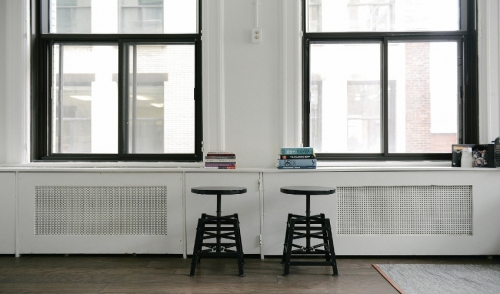
What You Need to Know about Buying Replacement Windows
So you’ve decided to take the plunge and replace your old windows. Doing so is one of the best investments you can make for your home --not only for the reduction in energy bills, but the increase in comfort, quiet, and ease of cleaning/maintaining. Additionally, replacing windows in your home can net a ROI of as much as 72% in terms their contribution to resale value, according to realestate.com.
First off, it’s important to know the difference between replacement windows and new construction windows. New construction windows are more readily available and are priced comparatively to replacement windows. New construction windows have integrated fins on the outer edge, intended for nailing against the house in a new construction situation. In order to use them to replace an existing window, outer trim would have to be removed as well as the entire old window framing. A replacement window is a completely different product, with a different purpose. It has no fins and it will fit directly into the opening from which the older window was removed. These are intended for situations where the window size will remain the same and the trim will remain unaffected.
It is important to note, that replacement windows are intended for existing openings that are sound and reasonably square. If you find that once the old window is removed and the framing is rotted or twisted out of square, then a new construction window may be the best option. Bear in mind, that this requires a little more work, since interior and exterior trim will also have to be removed and replaced.
Depending on the location of the window that you wish to replace, consider the effect on the appearance from the outside. In many cases, the surface of new efficient windows with low-E glass can stand out against older, clear glass windows. For a more uniform look, consider replacing windows on a complete side of the home or level. The good news is that in most cases, replacing multiple windows can cost less per window then just installing one or two.
When shopping, check out the windows on display. Do they operate smoothly? Inspect the hardware for sturdiness. Will it stand up to daily use? Study the energy-saving options available as well. Features like low-E film and dual pane (gas filled) can more than pay for themselves over time. Lastly, consider ease of cleaning. Can you easily reach the exterior glass by tilting the window? This is a feature especially important for second floor windows. Are the dividers (mullions) removable? Some options actually have them inside, between the two panes of glass for ease of cleaning.
